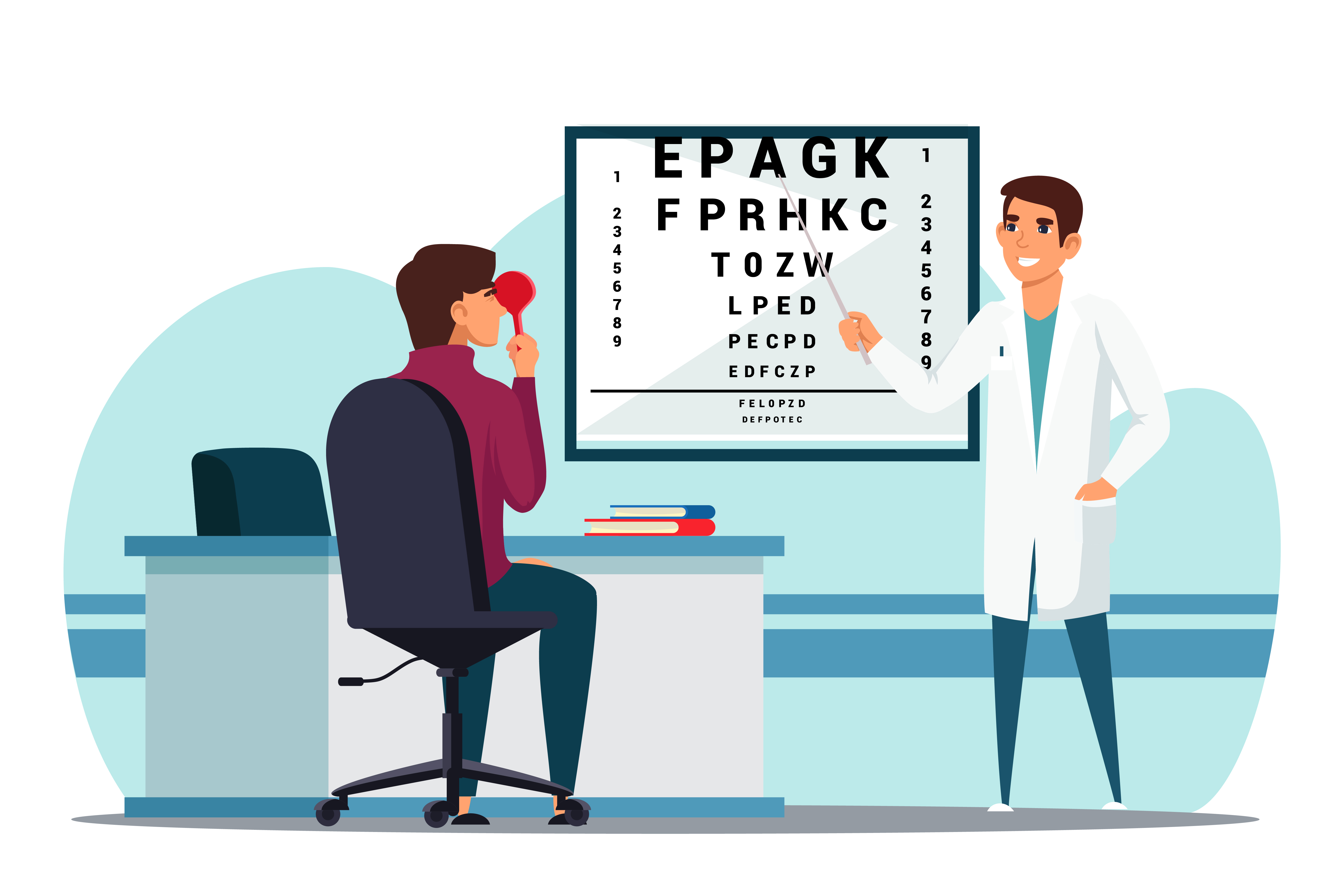
Common Eye Myths Busted by an Eye Doctor
By : Admin 2025-08-21 09:42:26
When it
comes to eye health, myths and misinformation spread faster than you can blink.
From old wives’ tales to viral TikTok trends, it can be hard to tell what's
fact and what’s fiction. As eye care professionals, I’ve heard it all—and I am
here to set the record straight.
Let’s bust
some of the most common eye myths that may be doing more harm than good.
Myth #1: Wearing Glasses Makes Your
Eyes Weaker
Truth: Glasses don’t make your eyes
"lazy"—they simply help you see more clearly.
Your vision
may change over time due to natural aging or other factors, but wearing
corrective lenses does not cause this decline. In fact, not wearing glasses
when you need them can strain your eyes and lead to headaches or fatigue. So
wear your specs proudly—they’re helping, not hurting.
Myth #2: Eating Carrots Will Fix Your
Vision
Truth: Carrots are great for your eyes—but
they won’t give you superhuman sight.
Carrots are
rich in beta-carotene (a form of vitamin A), which is important for eye health.
But unless you have a vitamin A deficiency, eating more carrots won’t magically
improve your vision or eliminate the need for glasses. A balanced diet with
leafy greens, fish, and fruits does more for your eyes than relying on carrots
alone.
Myth #3: Sitting Too Close to the TV Will Ruin
Your Eyes
Truth: Sitting close to the TV won't
permanently damage your eyes, though it might cause temporary eye strain.
This myth
dates back to old TVs that emitted more radiation. Modern screens are safe, but
prolonged close-up viewing can lead to tired eyes or headaches. If your child
prefers sitting close, it might be a sign of nearsightedness—worth getting
checked out by an eye doctor.
Myth #4:
Staring at Screens Will Damage Your Eyes
Truth: Screen time doesn’t cause permanent
damage—but it can cause digital eye strain.
Extended
screen use can lead to dry eyes, blurred vision, and headaches—also known as
computer vision syndrome. The best way to protect your eyes is to follow the 20-20-20
rule: every 20 minutes, look at something 20 feet away for 20 seconds. And
don't forget to blink!
Myth #5: You Don’t Need an Eye Exam
Unless You Have Symptoms
Truth: Many serious eye conditions show no
early symptoms.
Glaucoma,
diabetic retinopathy, and even macular degeneration can develop without
noticeable signs in the early stages. Regular eye exams can catch these issues
before they impact your vision. Adults should get a comprehensive eye exam
every 1–2 years, depending on age and risk factors.
Myth #6:
You Can Train Your Eyes to Get Rid of Glasses
Truth: Eye exercises may help with focus
and coordination, but they won’t change your eyeglass prescription.
There’s no
scientific proof that eye training can correct refractive errors like nearsightedness,
farsightedness, or astigmatism. While "vision therapy" can help in
specific cases (like lazy eye or convergence issues), it’s not a replacement
for glasses or contact lenses.
Final
Word: Trust Your Eye Doctor, Not the Myths
In a world
full of misinformation, your eyes deserve facts—not fiction. If you have
concerns or questions about your vision, don’t rely on internet rumors or
outdated advice. Talk to a qualified eye care professional who can give you the
guidance and care your eyes truly need.
️ Book
Your Next Eye Exam Today
I Dr. Rawnok Jahan Rahman believe that healthy vision starts with the truth.
Schedule your eye exam today and get expert
answers to all your eye health questions—no myths, just medically backed care.
.png)